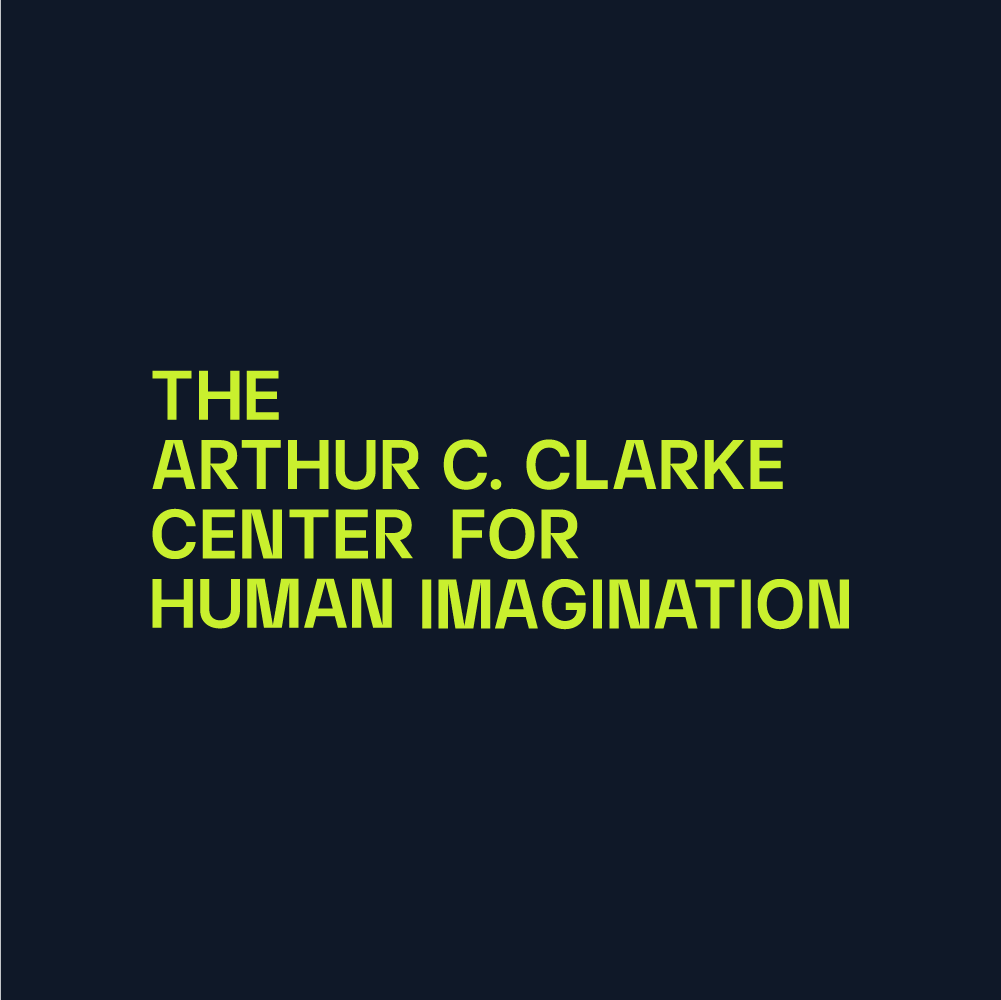Disorders of Attention Deficit

October 11 to 22, 2023
SME Gallery (142)
Gallery Hours: Thu/Fri/Sat, 12–8 pm, or by appointment
COPE, the creative duo behind the “Disorders of Attention Deficit” exhibition, is an alliance of creative thinking, progressive intelligence between Charles-Olivier Tremblay and Paul Eric Jacobs.
The exhibition explores themes related to influence, perception, and their impact on society. The installations presented aim to challenge how we perceive and react to influence, by transforming a story narrated through another person’s gaze.
The title of the exhibition also poses a challenge to our ability to pay deep attention to the information we receive, which could have implications at both the individual and societal levels.
What is the place of each of us in this disorder?








